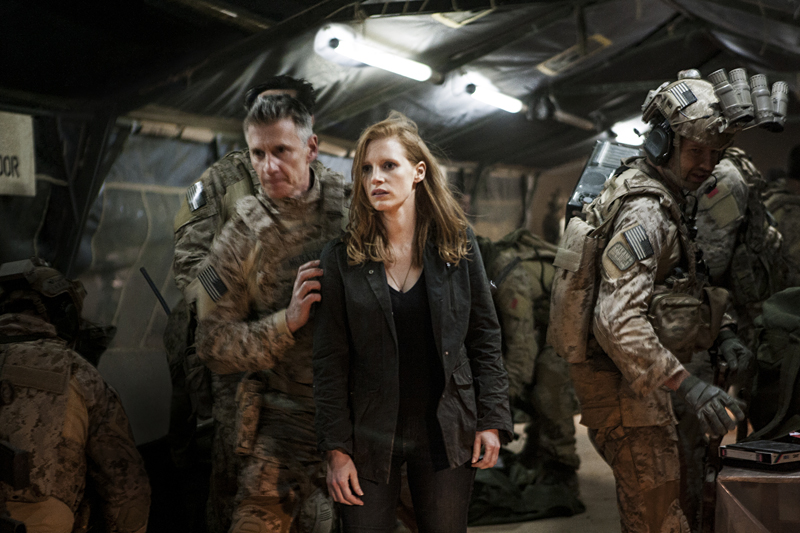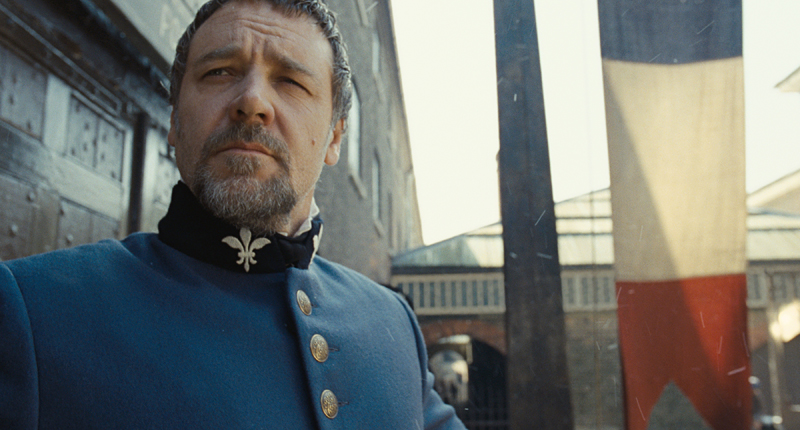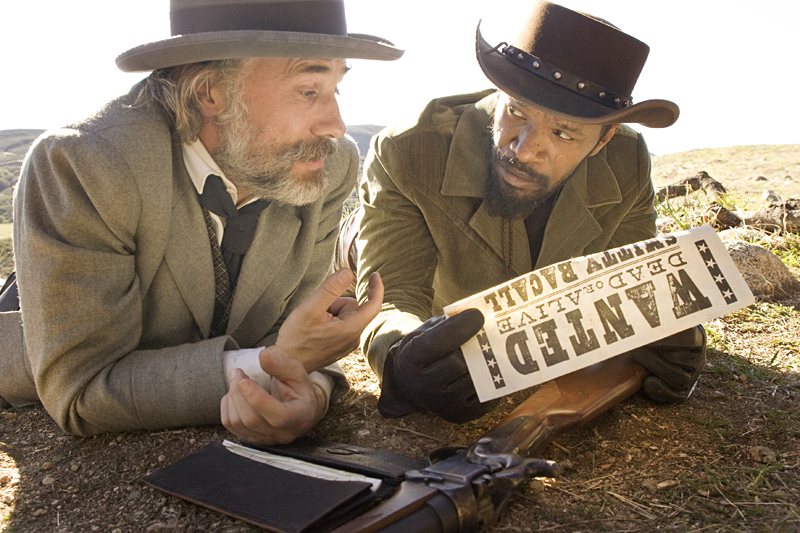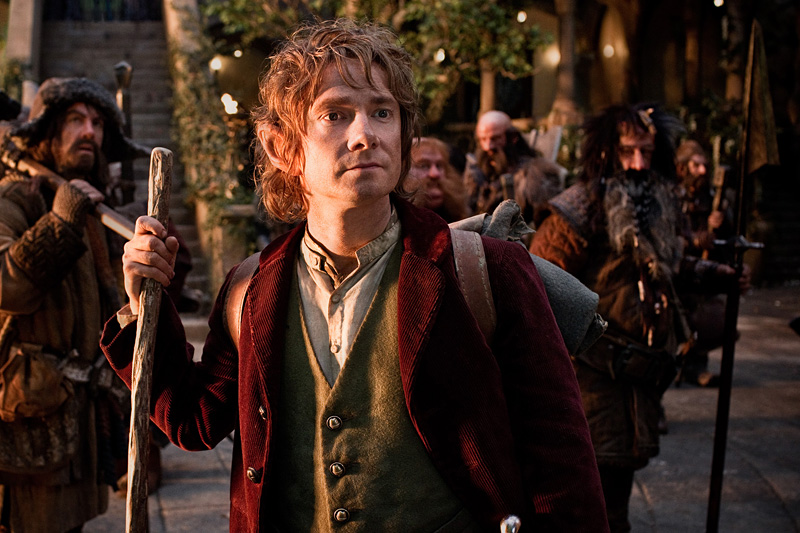In the new Clint Eastwood movie, ordinary young men—husbands and fathers, artisans and aristocrats—are drafted into a war whose motives many of them do not fully understand. There, on an island called Iwo Jima, they fight against an enemy who has been demonized by wartime propaganda—a supposedly brutal oppressor with a taste for torture. And at each step of the way, they are reassured by their superiors that they are doing what is just, what is right. The movie is Letters From Iwo Jima, though I could just as well be talking about Eastwood’s previous film, Flags of Our Fathers, which told much the same story, except that the young men in that version were called Joe, Ira, and Hank, and here their names are Saigo, Nishi, and Shimizu.
This simple act of mirroring can’t help but seem provocative in a movie being released into a nation at war—a war, like most others, predicated on absolutist notions of good and evil. But in Letters, as in Flags, Eastwood seems less concerned with provocation than with contemplation of a popular military campaign and its supposed days of glory. The second film completes and deepens the first, yet to view them side by side is to see not two sides of a coin but rather two distinct panels in a diptych—one rendered with the disquieting Americana of an Edward Hopper canvas, the other with the patient brush strokes of a byobu screen.
Whereas Flags fanned out over several decades to show the long-range impact of World War II on men who shuddered at the thought of their generation’s purported greatness, Letters narrows its focus to Iwo Jima and those thousands of Japanese troops who endured weeks of food shortages and dysentery epidemics only to perish in hails of bullets, or, in some cases, impaled by their own swords. And where the earlier film punctuated its monochromatic color palette with flashes of Old Glory (always drenched in irony and, in one memorable scene, gobs of bloody syrup), the images in Letters move even closer to stark black-and-white, as if to remind us that the movie’s moral landscape is anything but.
Eastwood, who directed Letters from a screenplay he commissioned by the first-time Japanese-American screenwriter Iris Yamashita (a research assistant on Flags), seems awestruck by the dogged perseverance of the Japanese, who dug in their heels on the volcanic island by way of an elaborate network of tunnels and underground caves, and who continued to fight to the death even when all hope was lost. Not surprisingly, he shows a special affinity for Japanese Lt. Gen. Tadamichi Kuribayashi, who masterminded that defense and whose tender letters home to his family appear in the film as narration.
Played by Ken Watanabe with the deadpan grace of Toshiro Mifune in his prime, Kuribayashi, who opposes the war in principle but will nevertheless sacrifice all for his country, emerges as exactly the kind of strong but sensitive man of action Eastwood himself has played in many of his later films—a poet-warrior whose moral compass points one way, his sense of duty another. In Letters, he’s surrounded by a literal army of similarly conflicted individuals (some fictional and some fact-based), from the lowly Pvt. Saigo (Japanese pop star Kazunari Ninomiya), who dreams of returning to the small bakery he ran with his pregnant wife before the war, to the regal Baron Nishi (Tsuyoshi Ihara), an Olympic horse-jumping champion who counts Mary Pickford and Douglas Fairbanks among his personal friends. In voice-over, we hear their letters home, too, nearly all of them of a piece in their lyrical candor (“Am I digging my own grave?” Saigo wonders to his wife) and their eagerness to discuss anything but the fog of war.
Letters From Iwo Jima isn’t the first wartime drama to suggest that to know thine enemy is to know thyself. William Wharton’s autobiographical 1982 novel, A Midnight Clear, for example, tells of a brief détente between platoons of American and German soldiers at Christmastime 1944, while last year’s sentimental French Oscar entry, Joyeux Noël, depicted a similar holiday hiatus on the battlefields of World War I. But the special power of Eastwood’s achievement is that, save for one indelible moment, the mutual recognition between sworn adversaries happens not on-screen but later, as we piece the two films together in our minds.
The exception comes near the end of Letters, after Nishi retrieves a folded-up note from among the effects of an American POW who has just died before him. Written by the dead soldier’s mother, it is, like so much of the correspondence in Letters, almost banal in its concerns—some dogs dug a hole under the fence and got loose in the neighborhood, and please come home safely. Then, in closing, this advice: “Remember what I said to you. Always do what is right, because it is right.” It is Eastwood’s queasy triumph that, when we hear those words, regardless of what language we speak, they have rarely sounded more foreign.








